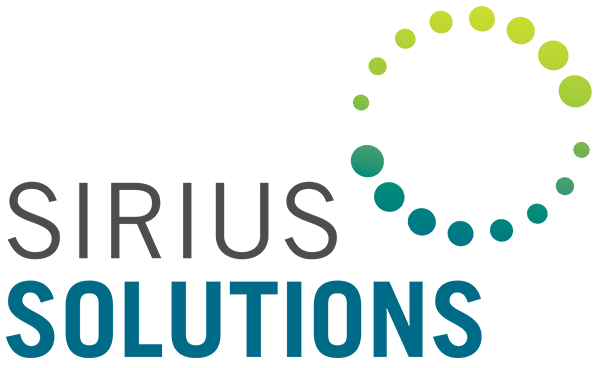Last week I laid out that making businesses run better requires three essential elements: real-time analytics, improved workflows, and innovation. My last post focused on real-time analytics and I was heartened by the thoughtful responses I got from readers. The essential point is that companies need to improve their field data capture to ensure that their finance and accounting function is getting the right information in a timely manner. This vastly reduces the rework of correcting journal entries and provides more accurate information to generate predictive analytics. As one of my readers pointed out, last week’s post could have been much more extensive because I didn’t get into how to get more accurate information. I’ll cover that topic in today’s post and again in part 3.
Today’s blog is about Improved Operating Workflows.
Improved Operating Workflows
Workflows are essential to any business. They describe exactly how a process works, which people do what, where data and information move through an organization, and how. These are the maps that chart the connectivity within a company. They are analogous to the human body. Just like arteries bring oxygen and nutrients to organs, employees transmit data that are essential to business operations. And just like the nervous system provides a feedback loop, IT infrastructure and the platforms and applications that ride on it provide the backbone for how that data is moved.
Many companies grow through acquisition. And as often happens in acquisitions, essential finance and accounting functions are cobbled together rather than being truly integrated. It is not uncommon to find multi-billion dollar companies with 5 or more ERPs supporting the same business unit. Acquisitions and mergers often come with the promise of synergies that drive down cost. So once the dust from the transaction has cleared, managers often find it cheaper in the short run to retain legacy systems and not fully integrate the processes. Their motives are pure: keep down initial costs to deliver on the promised merger synergies. But the long term impact of not better integrating workflows can be large.
Well run companies have well-mapped process flows. These begin with what I’ll term as a desk which is an individual contributor, say an accounts payable clerk. Then they move to the function, which is a team, say accounts payable. Then they move to the department, which is a collection of teams, say accounting. At every step along the way, companies should endeavor to define each role based on output – what they produce – and cost – the fully loaded expense of performing that function. The best way to capture this information is in a desk output model, a tool that not only captures exactly the work being done and its cost but provides a benchmark against other resources within the company or even against a peer group.
Finally, well-mapped processes deliver not only less wasted time and lower cost, but they also deliver higher employee morale. There is nothing more frustrating than working in a poorly mapped system. For example, if employees need to perform multiple manual steps to clear their queue, not only are they unhappy about it, they’re also more prone to error.
Improving operating workflows is my second essential element in helping businesses run better. Whether it’s after a merger or acquisition or just a review of how well the entire finance and accounting function works together, companies should develop operating workflows that simplify processes, reduce cost, and improve employee morale.
In our next blog, I’ll discuss how innovation is revolutionizing business operations, driving down costs, and changing how businesses run.
Brian Spector, Chief Development Officer – Sirius Solutions, L.L.L.P.
If you would like further information regarding Helping Your Business Run Better, please complete the form below.
[contact-form-7 id=”227245″ title=”Contact Us”]
